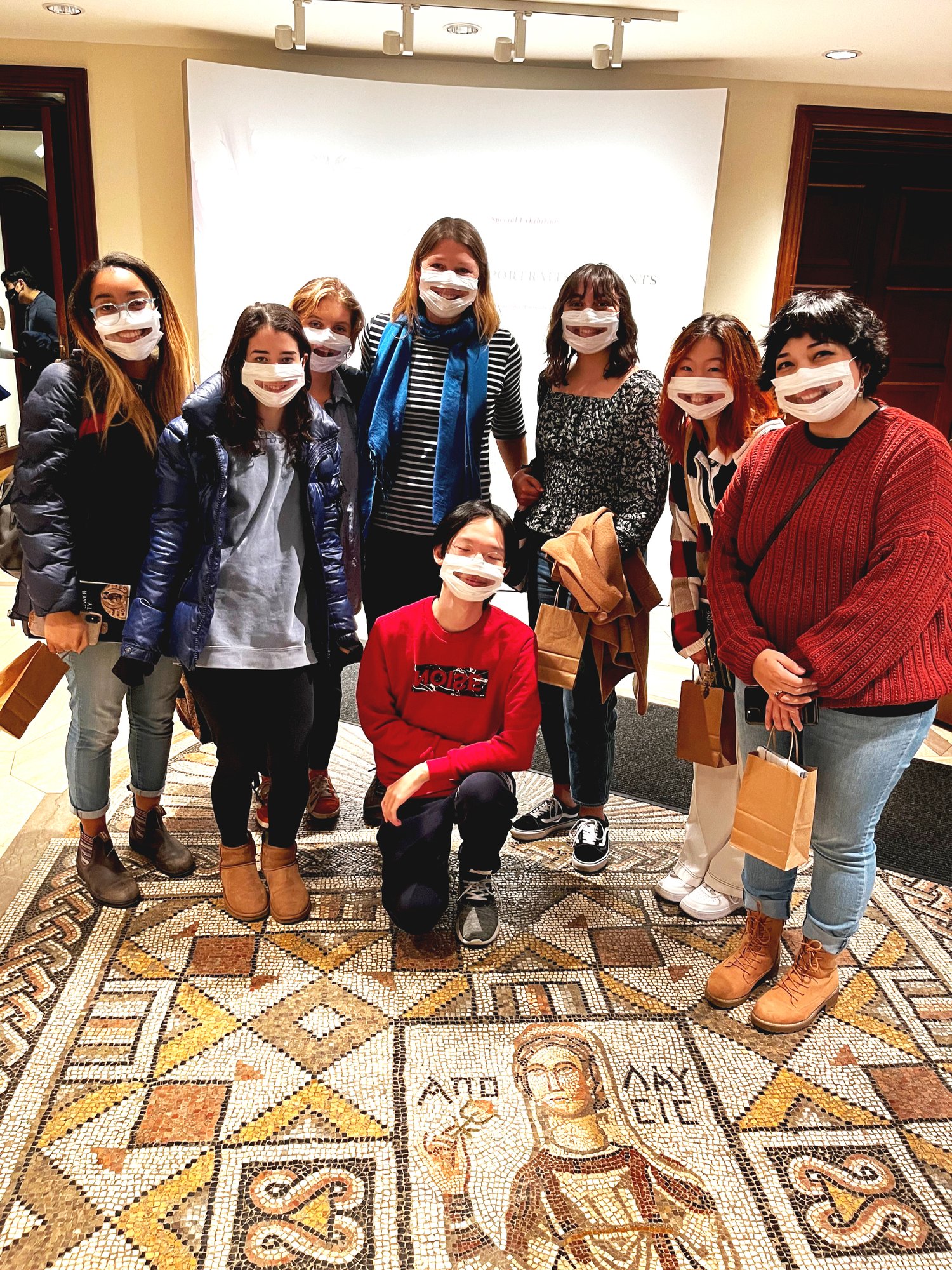The Hall of Philia
Visualization through Digital Manipulation
As large artistic objects that often occupied lived space, ancient floor mosaics can better be understood when related back to their original contexts. Part of that context is their positionality and orientation. Through digital manipulation, we are able to imagine what mosaics may have looked like and how they would have occupied spatial relationships during their use.
The Hall of Philia mosaic was originally located in sector DK-13-B, in Daphne-Khalsieh on the floor of a colonnaded hall around twenty meters from some sort of house-complex. It is roughly dated between the 5th and mid-6th century CE is part of a larger mosaic called the Hall of Philia from the ancient city of Daphne, (present-day Turkey) very near a major roadway toward Antioch. The entire mosaic depicts at least five animal parings with one predator animal and one prey animal each. These pairings include the lion and the humped ox, pictured above, a tigress and boar, a leopard and goat, a lioness and stag, and what conservators imagine to be a bear and unknown animal pair.
In the way that the mosaic fragments are displayed today -- in the Baltimore Museum of Art -- they are disjointed and not displayed together, making the content slightly confusing to audiences, and very difficult to mentally visualize them as one cohesive piece.
Having open access to the ancient floor mosaics in an accessible museum is great for audiences wanting to discover ancient art, but they are displayed vertically on museum walls, likening them to painting. I am interested in changing the viewing perspective so audiences can understand the different perspectives that they would have been viewed in their original context.
The great thing about digitally manipulating the mosaics besides better understanding context, is that it is a relatively inexpensive practice with plenty of room for trial and error. Additionally, in their digital format, they are widely accessible to interested audiences.
Danielle Ortiz




